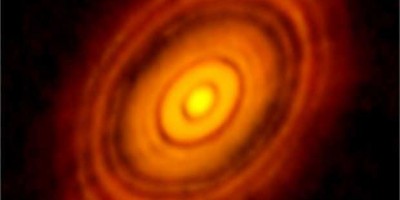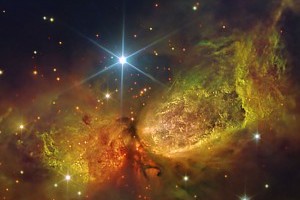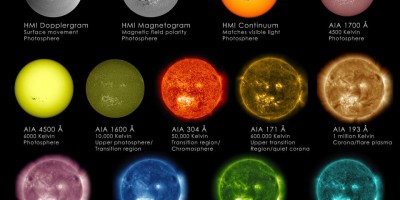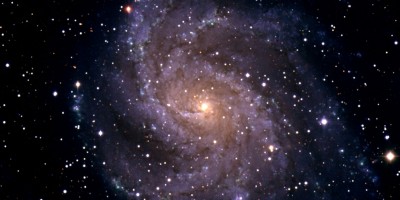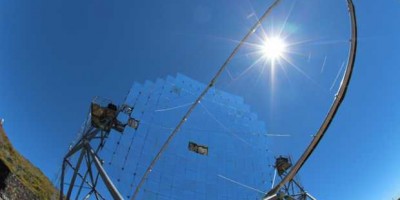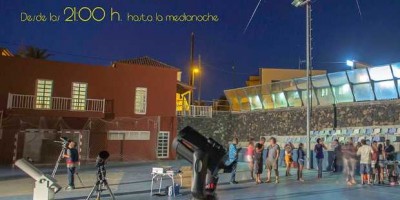Planet Birth
The Alma radio telescope took this amazing picture of planets forming around the sun-like star, HL Tau. This is a baby star, less than a million years old, which is 450 light years from Earth in the constellation Taurus. And the disc of dust and gas around the star is already forming planets and asteroids – that’s what makes the dark rings in the brighter dust. It’s the first…

